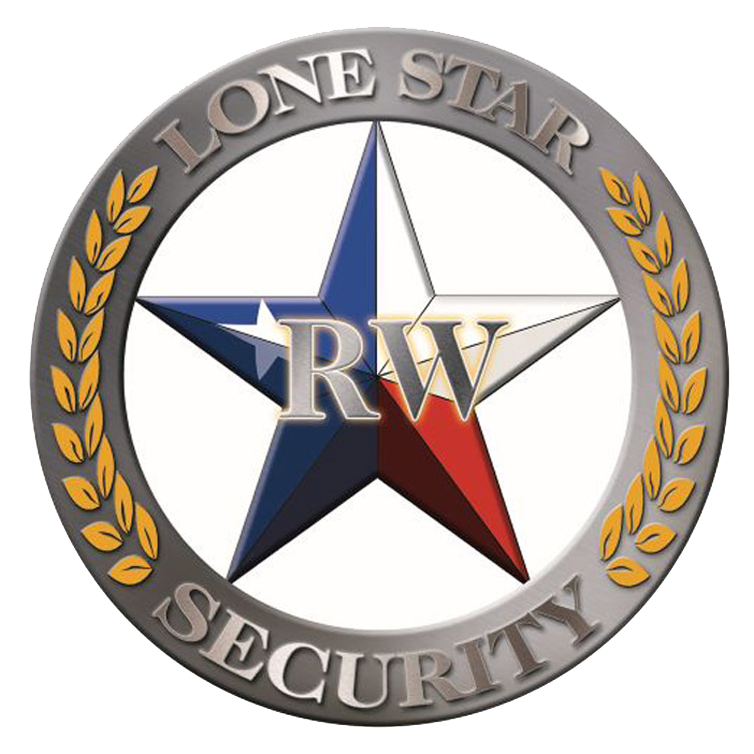Not everything you’ve heard about getting rid of data is true. A lot of myths float around about hard drive destruction, and trusting the wrong method could leave your sensitive information exposed. At RW Lone Star Security, we’re clearing up the confusion and helping businesses across San Antonio, Austin, Temple, and Waco make informed decisions when it comes to data protection. If it’s worth saving, it’s worth shredding.
Why DIY Destruction Isn’t Enough
Smashing a hard drive with a hammer feels like a quick fix. So does dropping it in water or drilling a hole through it. The truth? These methods often leave the drive’s platters or chips mostly intact—and that’s where the data lives. We’ve seen cases where data recovery experts were able to pull full files from drives that were beat up or cracked. Damage doesn’t always mean the data is gone.
Another myth is the “freezer trick”—the idea that putting a hard drive in the freezer will stop it from working or make the data unreadable. It doesn’t work. Same goes for using regular magnets. Most household magnets just aren’t strong enough to impact the high-strength magnetic fields used in hard drives. These old-school tricks might sound clever, but they don’t get the job done. The only way to make sure the data can’t be accessed again is to destroy the drive completely and properly.
At RW Lone Star Security, we’ve built our process around trust, results, and verified destruction. You don’t have to guess whether your data is gone—we show you. That’s peace of mind you can count on.
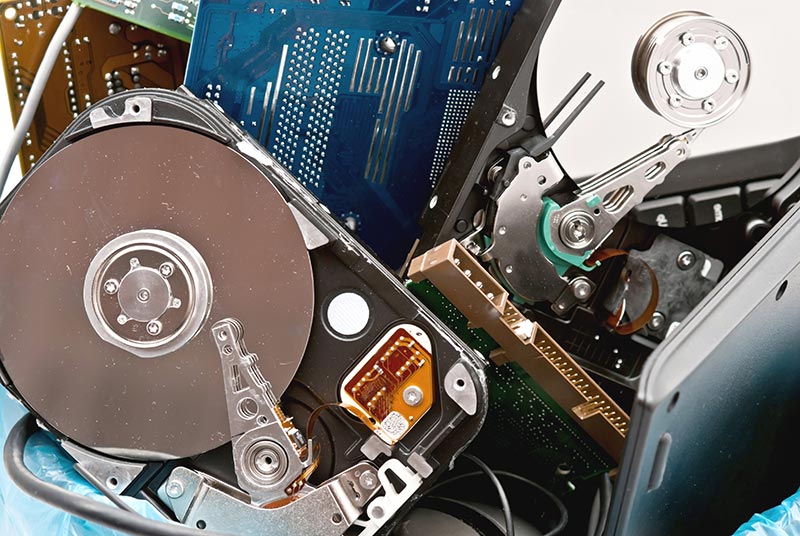
Formatting and Deletion Don’t Equal Erasure
It’s easy to believe that hitting “delete” means your file is gone. Or that reformatting a hard drive makes all the data disappear. That’s not how it works. When you delete a file, your computer just marks that space as “available”—but the actual data still sits there until something else overwrites it. Think of it like crossing something off a list but not tearing the list up.
Formatting a drive is similar. It clears out the table of contents, but the pages are still inside the book. Until those pages are filled with something new, the original information is still recoverable. Specialized software can dig in and recover that data even after formatting. For companies dealing with financial documents, medical records, or customer data, that’s a major risk.
At RW Lone Star Security, we help eliminate that risk. We don’t rely on digital tricks or software wipes that can be reversed. We use physical shredding methods that leave nothing behind—no data, no fragments, no concerns.
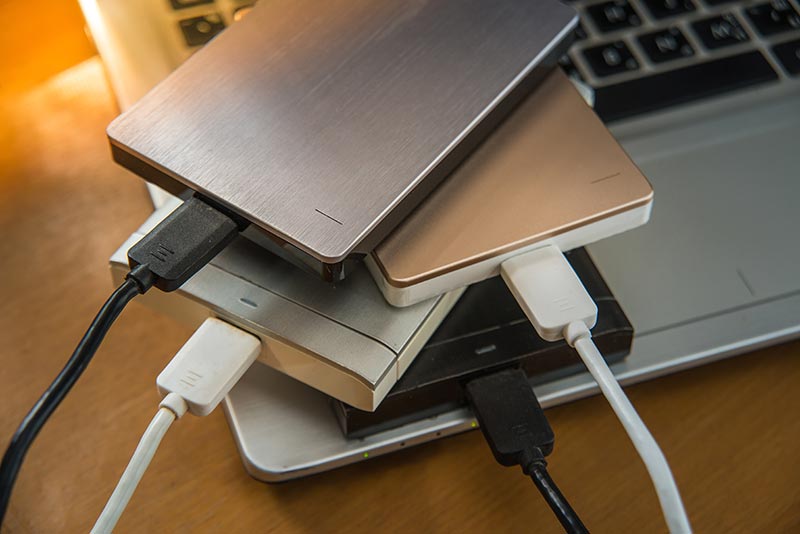
The Only Sure Way: Professional Shredding
There’s a big difference between hoping your data is gone and knowing it is. Hard drive shredding offers the highest level of assurance because it breaks the drive into tiny, unusable pieces. There’s no going back after that. Our shredding process destroys both the physical components and the digital contents—so recovery is no longer possible.
We use on-site mobile shredding units or secure off-site options depending on your needs. Either way, we document the entire process with a certificate of destruction. We also maintain a secure chain of custody to make sure your drives are protected every step of the way—from pickup to final disposal. That chain is more than a formality—it’s your protection.
Whether you have a single drive or hundreds, our shredding process is designed to scale, adapt, and secure. For regulated industries like healthcare, law, and finance, hard drive shredding isn’t optional—it’s essential. And we make it easy to do the right thing.
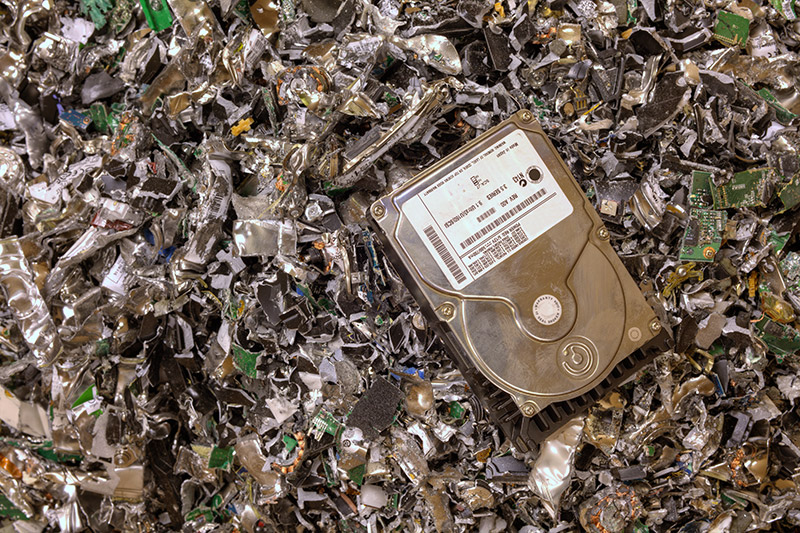
Why Hard Drive Shredding Matters
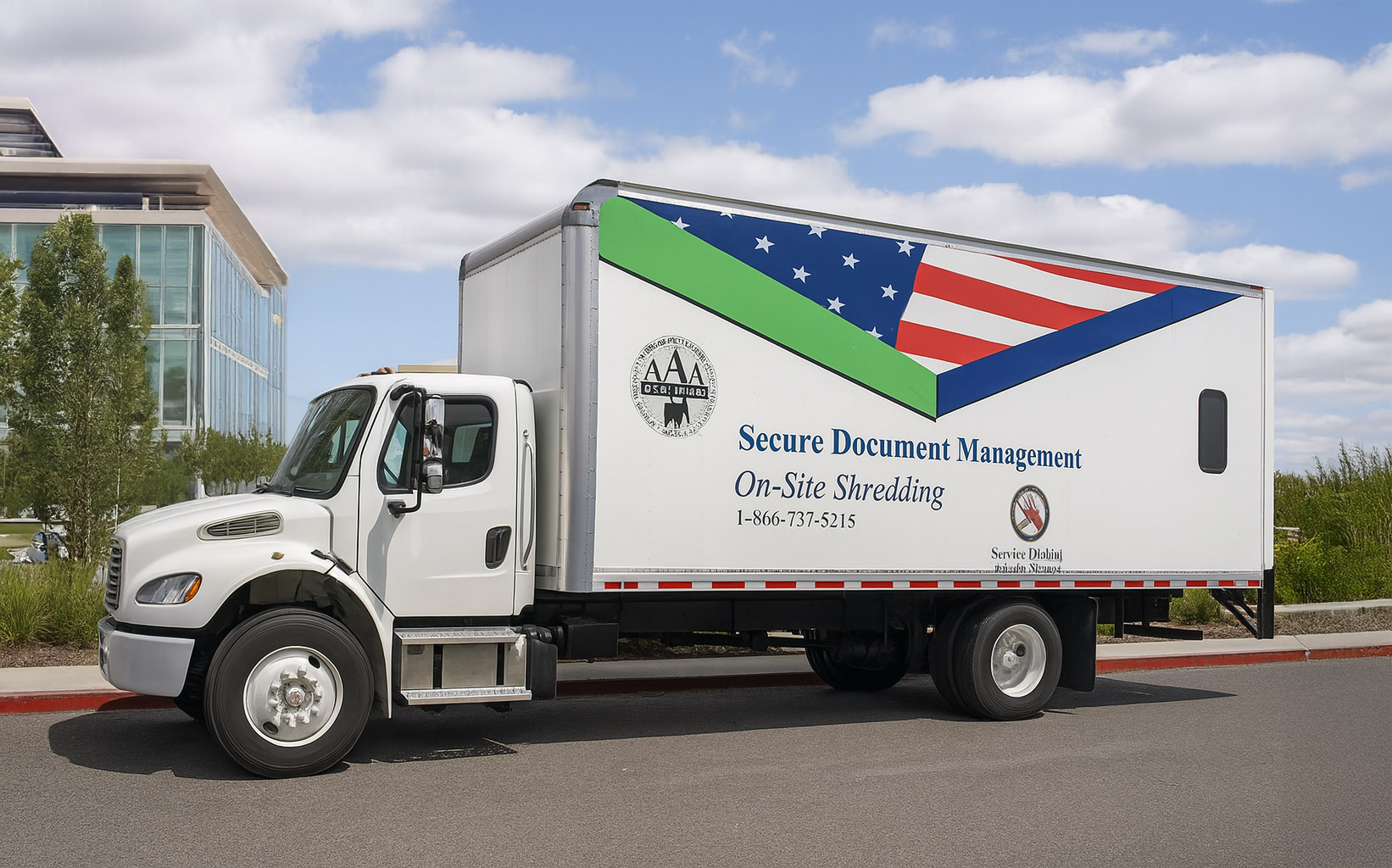
Data Security Starts with Awareness
Protecting your data begins long before a hard drive gets shredded. It starts with smart habits: using strong passwords, enabling multi-factor authentication, and making sure software stays up to date. These basic steps stop most attacks before they begin.
Still, the best digital practices won’t matter if a discarded hard drive falls into the wrong hands. Encryption offers protection while a device is in use, but when it’s time to dispose of it, physical shredding is the final safeguard. There’s no substitute for it.
Training your team is also key. Employees should understand what kinds of data are sensitive, how to spot phishing emails, and what to do if they suspect a breach. Data security is everyone’s job—and the more they know, the safer your business is.
At RW Lone Star Security, we offer more than shredding—we offer peace of mind. We believe in doing the job right, every time, because your security matters.
Serving Central Texas
In San Antonio, we work with government agencies, businesses, and local offices to securely destroy hard drives and media. Our mobile shredding units make it easy to stay compliant without disrupting your operations.
Austin businesses trust us to handle everything from one-time pickups to recurring shredding programs. Our team ensures your data stays protected while helping your company meet its legal and ethical obligations.
In Waco, we provide fast and professional hard drive shredding for both small businesses and large institutions. We handle everything on-site or off-site and issue detailed destruction reports for every job.
Temple
Our clients in Temple count on us for flexible and secure data destruction solutions. Whether you’re upgrading IT systems or closing out an old office, we’ll make sure your data doesn’t go with it.
FAQ – Hard Drive Shredding Myths and Facts
Only after shredding. If you recycle without destroying the data first, it could still be accessed.
Yes. Our services meet HIPAA standards and support secure disposal of electronic protected health information.
No. Once shredded, the drives are completely destroyed and cannot be salvaged.
